There are many old stories and myths told that relate to the goat, and also goat symbology that has been passed down to us over thousands of years. In Ancient Crete, Greece, and Egypt, the goat received divine honors. The Egyptians rank the goat’ amongst the gods as the Goat of Mendes because as Herodotus had said, both a goat and Pan were called Mendes in the Egyptian language. In Crete and Greece, the he-goat was the God of All Things (GOAT), and in mythology is known as the God Pan.
After the advent of Christianity, the GOAT or God Pan with his beard, cloven hoofs and horns, later became associated as the unofficial image of the devil.
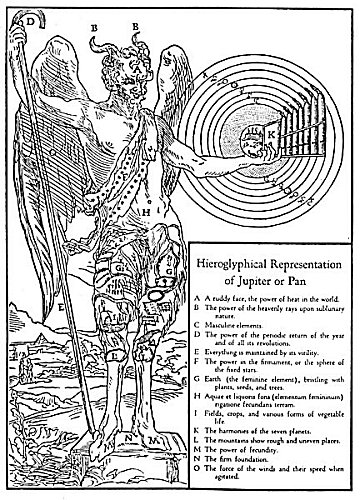 However to medieval occultists such as the Rosicrucians and early Freemasons, the he-goat symbolized the AS ABOVE SO BELOW elemental energies of the heavens above, and the fallen energies of the earth below. The sign of the AS ABOVE would be for the planet Jupiter, and the SO BELOW alchemical element of phosphorus derived therefrom. From henceforth, allegorical stories would then represent these secret teachings like those of the half goat and half man God called Pan, the hermaphroditic Goat of Mendes, and also the more recent sinister looking part goat, part man and woman hieroglyph known as Baphomet that was created by the French occultist Eliphas Levi in his book, Dogmas and Rituals of High Magic.
However to medieval occultists such as the Rosicrucians and early Freemasons, the he-goat symbolized the AS ABOVE SO BELOW elemental energies of the heavens above, and the fallen energies of the earth below. The sign of the AS ABOVE would be for the planet Jupiter, and the SO BELOW alchemical element of phosphorus derived therefrom. From henceforth, allegorical stories would then represent these secret teachings like those of the half goat and half man God called Pan, the hermaphroditic Goat of Mendes, and also the more recent sinister looking part goat, part man and woman hieroglyph known as Baphomet that was created by the French occultist Eliphas Levi in his book, Dogmas and Rituals of High Magic.
33rd degree Freemason, Manly P. Hall had said in the Secret Teachings of All Ages;“Pan was a composite creature, the upper part–with the exception of his horns–being human, and the lower part in the form of a goat. ” According to Hall, the symbolism of the goat relates to the pre-Christian God Pan, Dionysius. The Goat-God was accepted by the later Greek Mystery Schools as the symbol of the Temple Builders. In fact, the Dionysian Artificers was such a mystery school. They viewed practical Temple Construction as a source of understanding the mystery of Nature and God; thus being one of the early esoteric schools from which Masonry has inherited certain symbols and teachings.
Another famous 33rd Degree Scottish Rite Freemason, Albert Pike had written in Moral and Dogma, in describing the 28th degree; “The Gnostics held that it [universal agent] composed the igneous [pertaining to fire] body of the Holy Spirit, and it was adored in the secret rites of the Sabbat or the Temple under the hieroglyphic figure of Baphomet or the hermaphroditic goat of Mendes.” Pike further stated; “”… Satan is not a black god, but negation of God … this is not a Person, but a Force, created for good, but which may represent evil. It is the instrument of Liberty or Free Will. They represent this Force; under the mythologic and horned form of the God Pan; thence came the he-goat of the Sabbat, brother of the Ancient Serpent, and the Light-bearer.” [Pike, Morals and Dogma, p. 102]
THE ANCIENT MYTHOLOGY OF PAN AND THE GOAT (Image of Pan in the Vatican)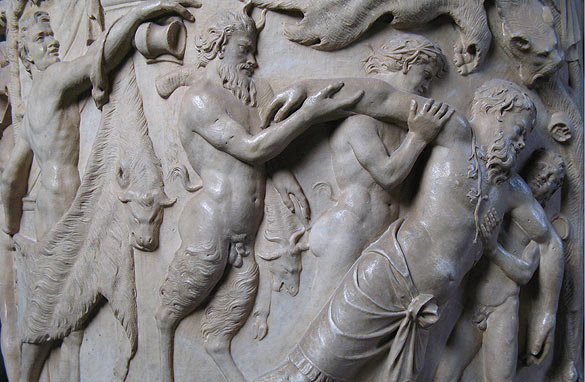
In Greek mythology, the goat became symbolized in the God Pan. The name of Pan is derived from a Greek word signifying all things; and he was often considered as the great principle of vegetable and animal life. In Ancient Greek Mythology, Pan is the son of Zeus who was also the Greek God and sign for the planet Jupiter. Therefor, when we think of Pan, or the symbolism of the goat, we must think of them as the Sons of the planet Jupiter.
The poet Milton had called him “The bounteous Pan, the god of rural scenery, shepherdi, and huntsmen.” He also said he the son of Hermes and a nymph. Virgil thus addresses him :
“And thou, the shepherd’s tutelary god,
Leave, for a while, 0 Pan! thy loved abode.”
The God pan and his goats resided chiefly on the Mediterranean island of Crete, Greece, where he was said to live in the woods and the most rugged mountains. These were not just any goats, but a special type of hybrid goat that is considered a subspecies of the Domestic goat. This goat still lives on Crete to this very day. It is known as the kri-kri (Capra hircus cretica), and is also known as the Cretan goat, Agrimi, or Cretan Ibex.
The Latin name for the English goat is capra, and this is where we get the tenth astrological sign in the zodiac Capricorn (♑). Both the planets Jupiter and Saturn rule over this constellation, but when it comes to the goat in symbology and in relation to the god Pan, this would only refer to Jupiter. The story of Jupiter and the she-goat is an ancient Cretan myth about the infant Zeus or Jupiter who was hidden in a cave on Mount Ida by his mother Rhea, and put in the care of the priesthood in which the infant was suckled with the Cornucopia by the nurse of Jupiter, a She-goat or the goat Amalthea (“Nourishing Goddess”).
The Roman poet, Ovid had said that the “Horn of plenty” is given in Greek mythology to the goat which nursed the infant god Zeus on the isle of Crete, afterwards transferred to the stars. The meaning of Latin Cornu-copia is the Horn of Plenty, and would be attributed to the She-goat. The word cornucopia is a compound Latin word cornu which means horn, and copia meaning “plenty or “abundance.” It is originally derived from the Hebrew קרן QeReN (qeren or keren) and Greek κερας, keras. (“horn”- Deuteronomy33:17). The Hebrew word for a horn, signifying a ray of light. One of Job’s daughters is called qeren.
It is interesting in this connection that Hebrew qeren, Latin cornu, and English horn are all used both for a wind instrument and for the horn of an animal. This is the same instrument we find amongst the Jews, today known as the Shofar. The Hebrew word for a ram’s horn was shofar, from Hebrew shophar, ‘ram’s horn,’ related to Arabic sawafiru, ‘ram’s horns,’ and Akkadian shapparu. It is the only natural vocal instrument that the priests were permitted to use as recorded in the scripture. The Israelites and the Levite priests had also used the rams horn or “shofar.” The modern Jews today confess their sins in the month of September by blowing a ram’s horn to announce the ceremony which they say drives away the Devil.
Therefor, when you see the symbol of the goat or Pan, it is a symbol for the Cretans who were also known as the Phoenicians, Judeans, Minoans and Israelites. They are called the Sons of God (Jupiter) who are represented in iconography by their horns, such as can be found in historical representations below of many of these most famous God-men throughout history who have donned the horns of the he-goat.
One of the first images I have found of a world leader with horns representing the Sons of Jupiter (God), is of Ramesses III from the Egyptian 19th dynasty. Ramesses III is who I believe to be one of the first Sons of this race union of the Egyptians with the Asiatic Hittites who then formed the house of Israel that was later split into various tribes. He would be a son of Noah and Aaron from the Land of Ham, meaning Egypt.
Other famous leaders such as Moses who was also an Israelite had donned horns as well. Michelangelo had created a statue of Moses with Goat horns. In the bible it states that Moses was beheld by his people as having two rays of Light springing forth from his head.
Manly P. Hall had written in “How to Understand Your Bible;”
It has recently been stated that Michelangelo placed horns on his statue of Moses by mistake. In reality they are most significant. They are the horns of Jupiter Ammon, the same symbol which is later to appear again as the horns on the corners of the Hebrew alter. The horns are those of the celestial Ram, Aries, the leader of the flocks of heaven. The same symbol traces from the fact that during the time of Moses the vernal equinox took place in the sign of the Ram, and the horned Sun was the symbol of truth. Ram, the mind-light god of the Egyptians, is likewise represented as wearing a helmet adorned with the curling horns of the ram.
Here is another image of Moses with horns in the infamous Rosslyn Chapel of the Knights Templar:
Alexander the Great with the horns of a Goat on an ancient coin housed in the National British Museum;
Another symbol of the Ancient Cretans was the bow and arrow. In studying the history, archaeology and symbology of these people, we can connect the Goat to Crete and also with the bow. It is well-known that the Cretan archers were famous for their skill with the bow and arrow, and the practice of archery had been maintained since the earliest times. They would take their skills to the next level when they started using the horns of a goat to make their bows, instead of the traditional wood. I will write further on these famous archers and their goat made bows in a future article.
THE GNOSTIC WARRIOR GOAT CONCLUSION
As I mentioned above, later under the advent of Christianity and the war of the church on the paganism of their foes and their Gods, the symbology of the goat and God Pan became associated with the Devil. This is where the Christian adaptation of Pan became the devil with his horns, the beard, and the cloven hoofs. The reason being, is that Lord and Savior of the Christian Brotherhood, Roman-Jewish Jesus had been anointed as Christ and made the cornerstone of the Church. From henceforward, any other, and all pagan and foreign Gods or saviors would be either incorporated into Church rituals and holidays, or persecuted as devils and demons.
Hence, monotheism by the Universal Church (Catholic) which was created by some of the very same priesthood, before the advent of the church were the Pagans, Gnostics and Philosophers of yesteryear and who knew these hidden secrets. Secrets that would be concealed in hidden teachings and allegorical tales from the uninitiated from this point ever after.
The various secret societies such as the Rosicrucians and Freemasons would then become the custodians who inherited this secret knowledge and these ancient symbols, which they have incorporated into their rituals in order to honor these ancient teachings as they work alongside the various Abrahamic religions of the world as an interfaith brotherhood of both Gentiles and Jews building Solomon’s Temple.

Moe is the founder of GnosticWarrior.com. He is a father, husband, author, martial arts black belt, and an expert in Gnosticism, the occult, and esotericism.

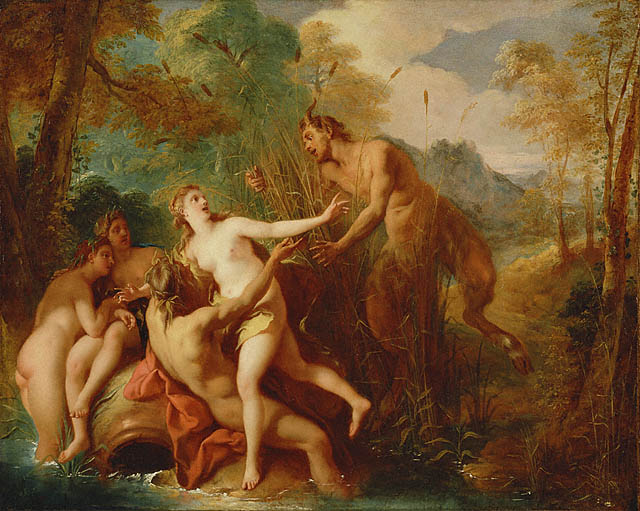
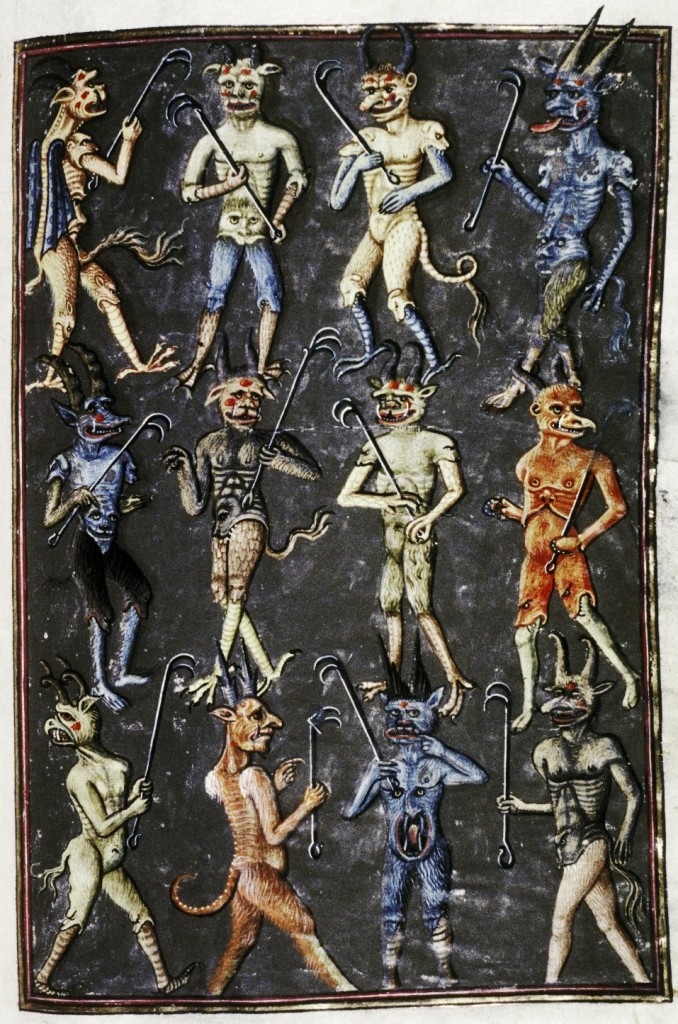
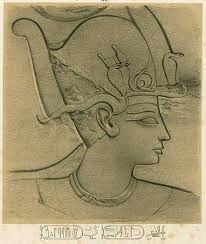
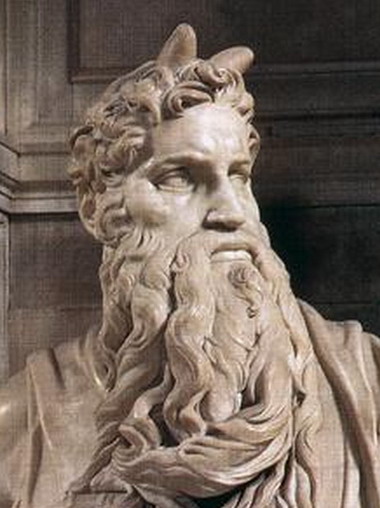
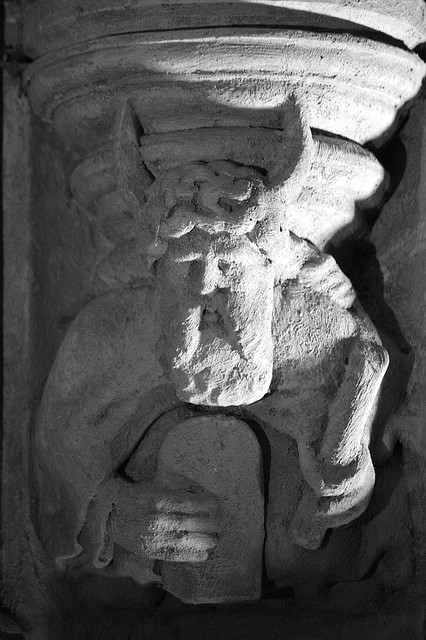
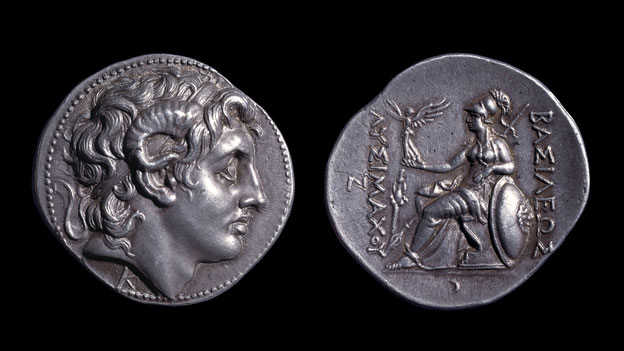

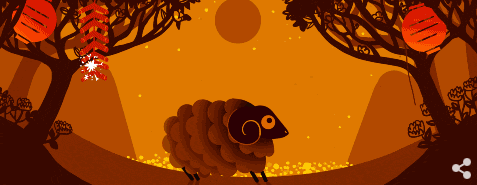
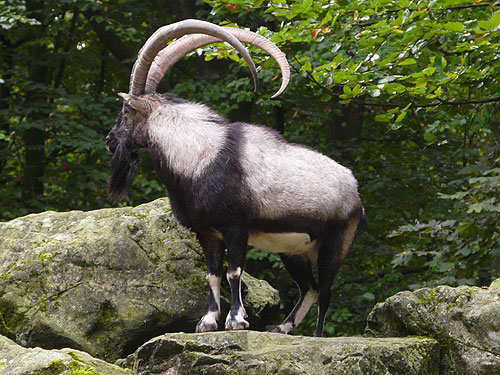
The origination of reverence to a Goat/Lamb/sheep began during the Arian Age. At that time the movement of the zodiacal pathway of the sun through the constelation of Aries formed an imaginary figure of a Ram/Goat reborn each year as a lamb of God (a lamb is a sheep less than a year old) who takes away the sins of the world (A scapegoat was appointed to bear the sins of Israel.). This constellation was honored with the appellation of Dominus or Lord. Therefore the Lamb of God is title given to the sun (he who has the sun has life.) as being the universal symbol of life and immortality, who is reborn every year. During the first eight centuries of the evolution of Christianity, Christian art represented a lamb, and not a man as suffering on the cross for the salvation of the world. During the sixth century of the current era, the Hebrew/Greek word Gott for goat was translated as “God/Lord.”
Jesus had come as a minister to the lost sheep of the house of israel to confirm the promises made unto the fathers Abraham, Isaac, Jacob, David etc. Therefore he commanded the twelve to go not into the way of the Gentiles (who knew nothing about the fathers of Israel nor were they a part of the O.T. Covenants) or into any city of the Samaritans (separated Israelites that worshiped at Mount Gerizim instead of Jerusalem) enter ye not but go rather to the lost sheep (Refers to those who had fallen away from the “heavelnly flock” of the house of Israel during the Age of Aries.). Remember, Jesus came unto His own as a Jew to the Jews only. In contrast, the Gnostic Paul was portrayed in the Epistles as taking the message of awakening to Jews, Gentiles and Greeks.
Goats will be on Jesus’ Left; Sheep on Jesus’ Right. Those on His Left will hear “Depart from me, I never knew you”
I have a design of goat with two heads and some writing on it .plz can u explain that writing to me .I want to know about that .
U can also contact me through my mail.
Moe, can we talk? Unlike most of those claiming such like I’m a gnostic and am connected at the hip to the most high.
Just heard a podcast with Mark Cordova who I recently met and have been speaking with almost daily.
I’m in Northern Cal, btw at 925-330-9185.
PLEASE DO NOT ‘APPROVE’ this comment! Thanks!